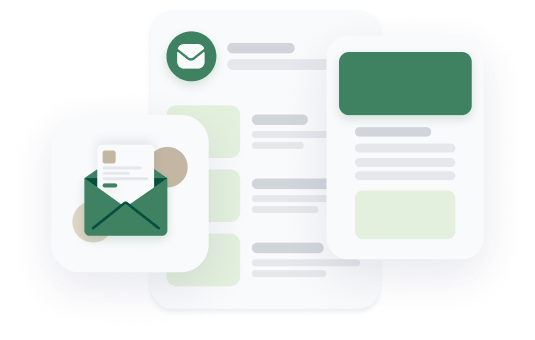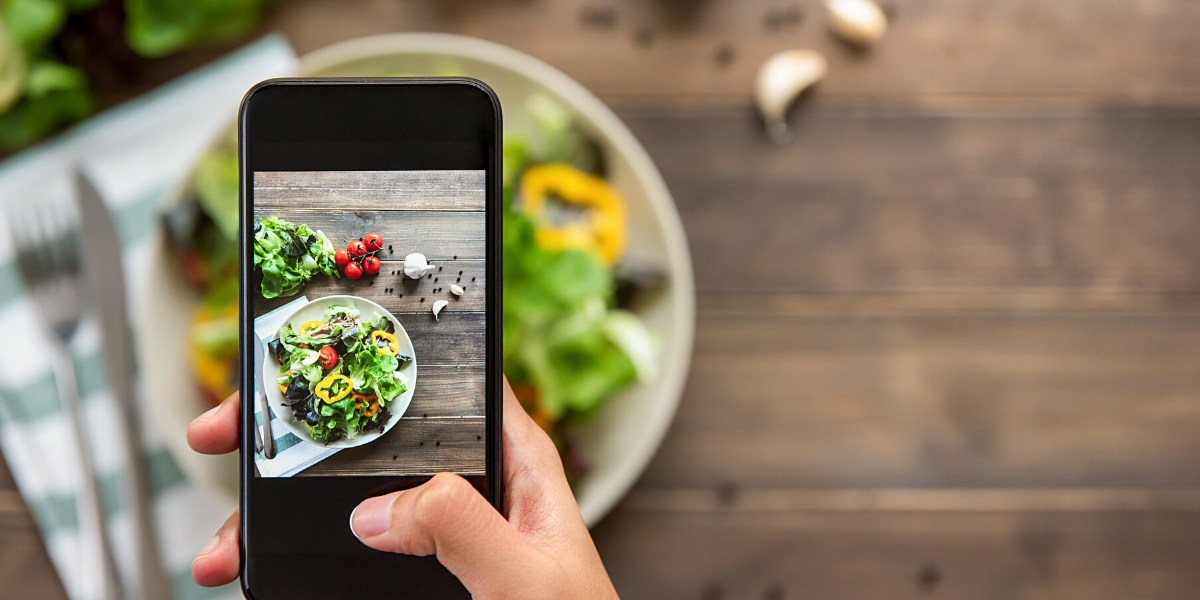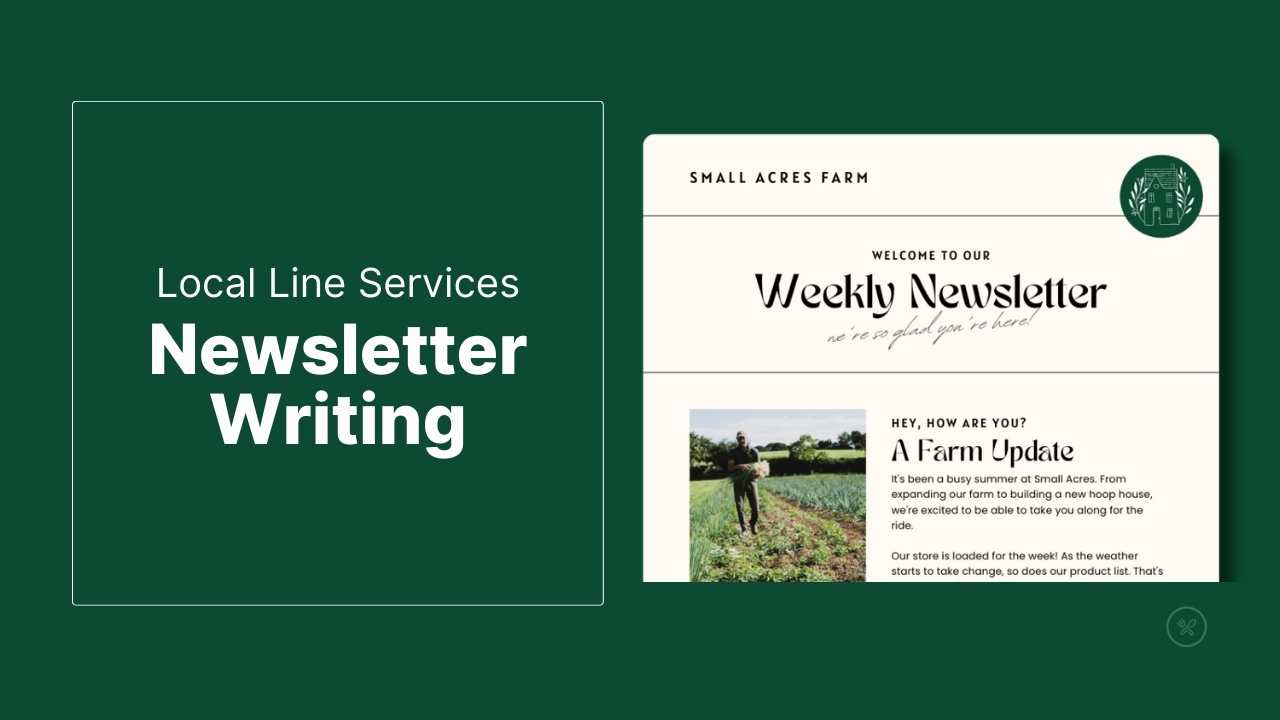How to Take Better Farm Photos for Instagram
Social media is all about content. Consumers like quality photos that represent your brand, story,...

Social media marketing is essential for your business to thrive. As consumers have increased their online presence, it is necessary to start tapping into that resource to grow your customer base and reach a broader audience.
 Using social media advertising can be intimidating, so we've brought back Local Line alum and online advertising guru, Brock Jones, to break it down!
Using social media advertising can be intimidating, so we've brought back Local Line alum and online advertising guru, Brock Jones, to break it down!
Here are his best tips:
A: The most significant benefit of using paid advertising on social media is you can get in front of an audience that you've selected. This can be individuals that are already customers, or those who haven't yet heard of your products. You can also control the message.
Think of it as an elevator pitch in front of multiple selected groups of people: a short and sweet message, but specifically written for the target audience. You can position your business to be presented the way you want it to be viewed. As a result of that, your message may change.
For example, for existing customers, perhaps you are sharing when their crops will be ready or what's in season this year. For new customers, you might want to share who you are and why your business is unique.
In summary, you can control exactly what your business looks like online and exactly who you are talking to through one easy-to-use platform!
A: You should only try to dominate 2-3 different platforms. There is no need to go crazy and try to perfect every platform out there!
As a food business, I would recommend sticking to only Facebook and Instagram, as these are the easiest to use and integrate with each other; therefore, you only need to post on one platform to see ads on both.
If you are looking to invest in different platforms, Twitter can be a great place to share your thoughts and keep your customers updated. If you are comfortable speaking in front of a camera, consider YouTube.
A: To create a great ad, remember these rules:
You should avoid:
You should include:

A: To create an advertisement, here is the formula:
This is the easiest step! You should find as many people as possible that have purchased your product or are interested in buying your product. Here are some simple ways to do this:
Growing your audience doesn't necessarily mean you need to have everyone's phone numbers or emails (although this does help). Getting someone to like your Facebook page or follow you on Instagram is still a significant audience you can use when creating paid ads.
Now, you have a list of customers that you gathered and data on your Facebook Pixel, you can create a Look-Alike Audience. This feature on Facebook collects data on all of your existing customers (such as gender, age, income, family status, location, what they usually search for online, etc.), and creates a list of 238,000 new customers that share the same characteristics.
Your very first ad should NOT be your offer. It should be adding something of value. This could include:
By adding value, you are weeding out all of the customers that may be interested in your products versus those who are not. If someone clicked on your first ad or watched 30 seconds of your first video, it means that they are interested enough in your products for you to be able to advertise to them further.
The point of this step is to:
This is the money-making step. Now that you have added value, it's time to present your offer. Launch an ad for your product and make sure it is linked to that specific product on your online store so that you ensure a sale. For example, if the ad is for heirloom tomatoes, write the headline and brief product description, add an image and the offer, and link the ad to where they can order this product.
This is your way of getting in front of your customers and giving them another opportunity to purchase from you. For example, you create an ad for a different product and present it to the customers that clicked on the first offer, but did not yet purchase.
A: This depends on the price of the product you are selling and what your objective is. Let's break this up into two different sections: adding value and presenting your offer. Your first ad (adding value) should make up 70%, and your offer should make up 30% of your total budget.
If someone has never heard of you, only presenting an offer will not lead to a sale. You need to add value! You can then retarget people that have interacted with your first ad and show them your offer.
If I were to give a specific dollar number, I would say $10/day is probably a great place to start.
A: There are three things you should look for after 14 days:
To find out which audience is performing the best, go to Ads Manager> click Breakdown (on the right) > click By Delivery> and select your option. Start with gender, then age, then finally, platform. You'll see where you are spending the least money to get the best results.
Note: do not be afraid if you are spending money and are not seeing results in the first few days. It takes Facebook at least three days to understand what you are advertising and who your audience is. The rule of thumb is: Do not change anything until it has been three days!
If I could leave with one last piece of advice, it would be to remember that creating paid ads for your business is an investment, not an expense. Always keep track of costs per month and how your sales have increased as a result.

Stay in the loop by subscribing to our newsletter and receive weekly insights that you won't want to miss.

Social media is all about content. Consumers like quality photos that represent your brand, story,...
 Nina Galle
Nina Galle

Growing produce isn’t a cakewalk—and selling greens? That’s not easy, either. That’s why Local Line...
 Matt Magdales
Matt Magdales

Email marketing is a potent tool, and a well-crafted newsletter is your secret ingredient for...
 Nina Galle
Nina Galle